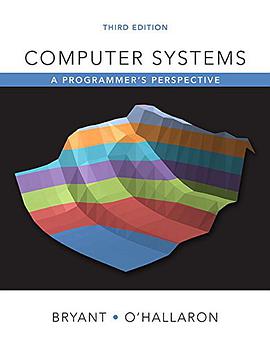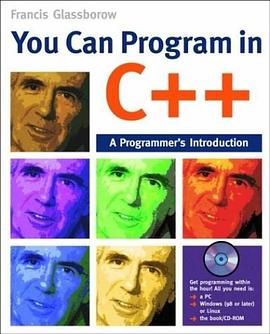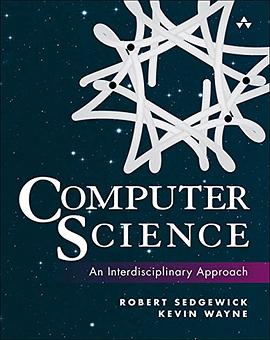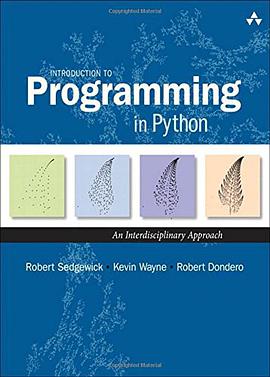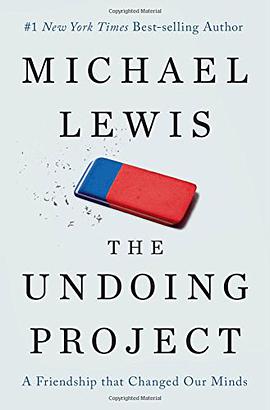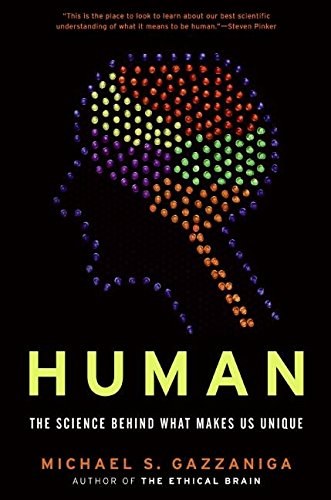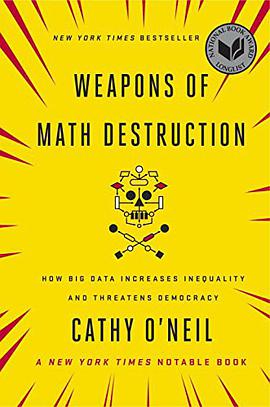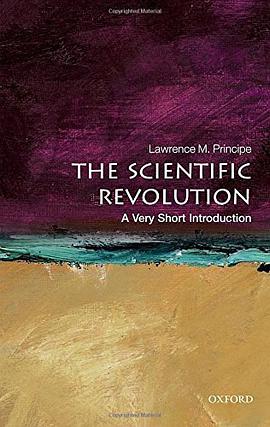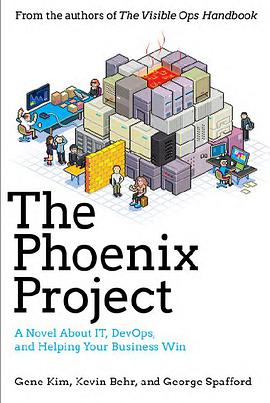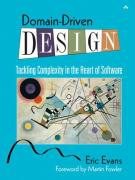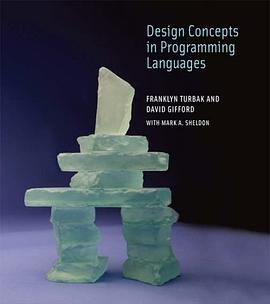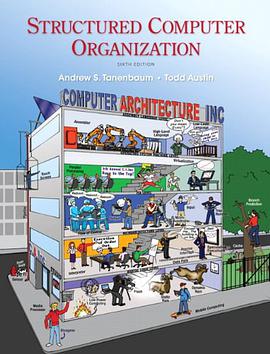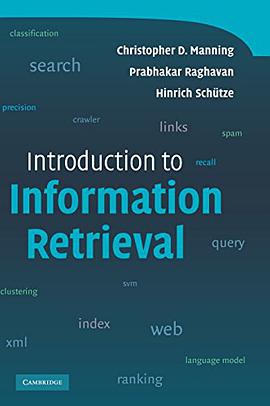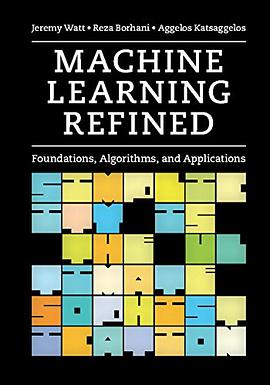Linear Algebra Done Right (3rd ed) 豆瓣
10.0 (8 个评分)
作者:
Sheldon Axler
Springer International Publishing
2014
- 11
New edition extensively revised and updated
Covers new topics such as product spaces, quotient spaces, and dual spaces
Features new visually appealing format for both print and electronic versions
Includes almost three times the number of exercises as the previous edition
This best-selling textbook for a second course in linear algebra is aimed at undergrad math majors and graduate students. The novel approach taken here banishes determinants to the end of the book. The text focuses on the central goal of linear algebra: understanding the structure of linear operators on finite-dimensional vector spaces. The author has taken unusual care to motivate concepts and to simplify proofs. A variety of interesting exercises in each chapter helps students understand and manipulate the objects of linear algebra.
The third edition contains major improvements and revisions throughout the book. More than 300 new exercises have been added since the previous edition. Many new examples have been added to illustrate the key ideas of linear algebra. New topics covered in the book include product spaces, quotient spaces, and dual spaces. Beautiful new formatting creates pages with an unusually pleasant appearance in both print and electronic versions.
No prerequisites are assumed other than the usual demand for suitable mathematical maturity. Thus the text starts by discussing vector spaces, linear independence, span, basis, and dimension. The book then deals with linear maps, eigenvalues, and eigenvectors. Inner-product spaces are introduced, leading to the finite-dimensional spectral theorem and its consequences. Generalized eigenvectors are then used to provide insight into the structure of a linear operator.
From reviews of previous editions:
“… a didactic masterpiece”
—Zentralblatt MATH
“… a tour de force in the service of simplicity and clarity … The most original linear algebra book to appear in years, it certainly belongs in every undergraduate library.”
—CHOICE
The determinant-free proofs are elegant and intuitive.
—American Mathematical Monthly
“Clarity through examples is emphasized … the text is ideal for class exercises … I congratulate the author and the publisher for a well-produced textbook on linear algebra.”
—Mathematical Reviews
Covers new topics such as product spaces, quotient spaces, and dual spaces
Features new visually appealing format for both print and electronic versions
Includes almost three times the number of exercises as the previous edition
This best-selling textbook for a second course in linear algebra is aimed at undergrad math majors and graduate students. The novel approach taken here banishes determinants to the end of the book. The text focuses on the central goal of linear algebra: understanding the structure of linear operators on finite-dimensional vector spaces. The author has taken unusual care to motivate concepts and to simplify proofs. A variety of interesting exercises in each chapter helps students understand and manipulate the objects of linear algebra.
The third edition contains major improvements and revisions throughout the book. More than 300 new exercises have been added since the previous edition. Many new examples have been added to illustrate the key ideas of linear algebra. New topics covered in the book include product spaces, quotient spaces, and dual spaces. Beautiful new formatting creates pages with an unusually pleasant appearance in both print and electronic versions.
No prerequisites are assumed other than the usual demand for suitable mathematical maturity. Thus the text starts by discussing vector spaces, linear independence, span, basis, and dimension. The book then deals with linear maps, eigenvalues, and eigenvectors. Inner-product spaces are introduced, leading to the finite-dimensional spectral theorem and its consequences. Generalized eigenvectors are then used to provide insight into the structure of a linear operator.
From reviews of previous editions:
“… a didactic masterpiece”
—Zentralblatt MATH
“… a tour de force in the service of simplicity and clarity … The most original linear algebra book to appear in years, it certainly belongs in every undergraduate library.”
—CHOICE
The determinant-free proofs are elegant and intuitive.
—American Mathematical Monthly
“Clarity through examples is emphasized … the text is ideal for class exercises … I congratulate the author and the publisher for a well-produced textbook on linear algebra.”
—Mathematical Reviews

